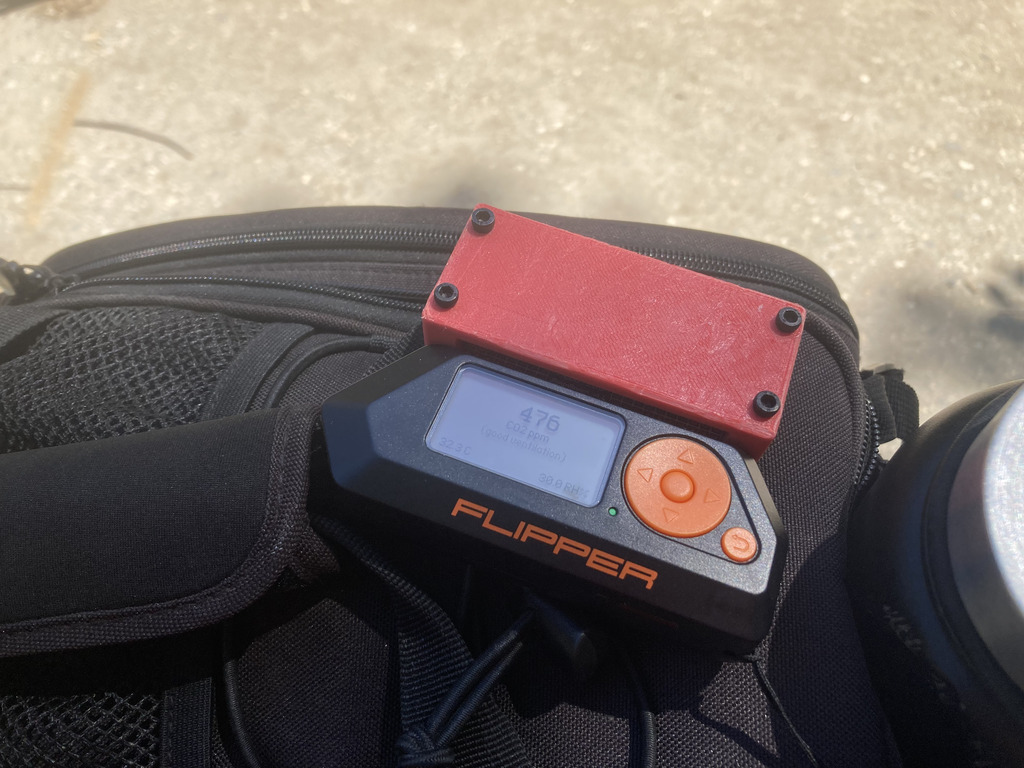Prototyping a real CO2 monitor on the Flipper Zero
Updated January, 12, 2023
If you’re interested in running this software for your own Sensiron SCD30, I’ve updated the application and packaged it as a FAP file for easy installation.
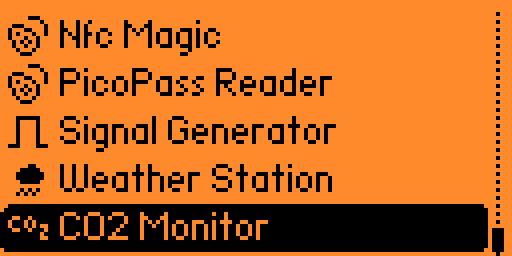
Original post
Previously in Prototyping a volatile organic compound (VOC) and CO2 monitor on the Flipper Zero:
If the idea proved feasible, I’d buy a “proper” CO2 sensor like the Sensiron SCD-30.
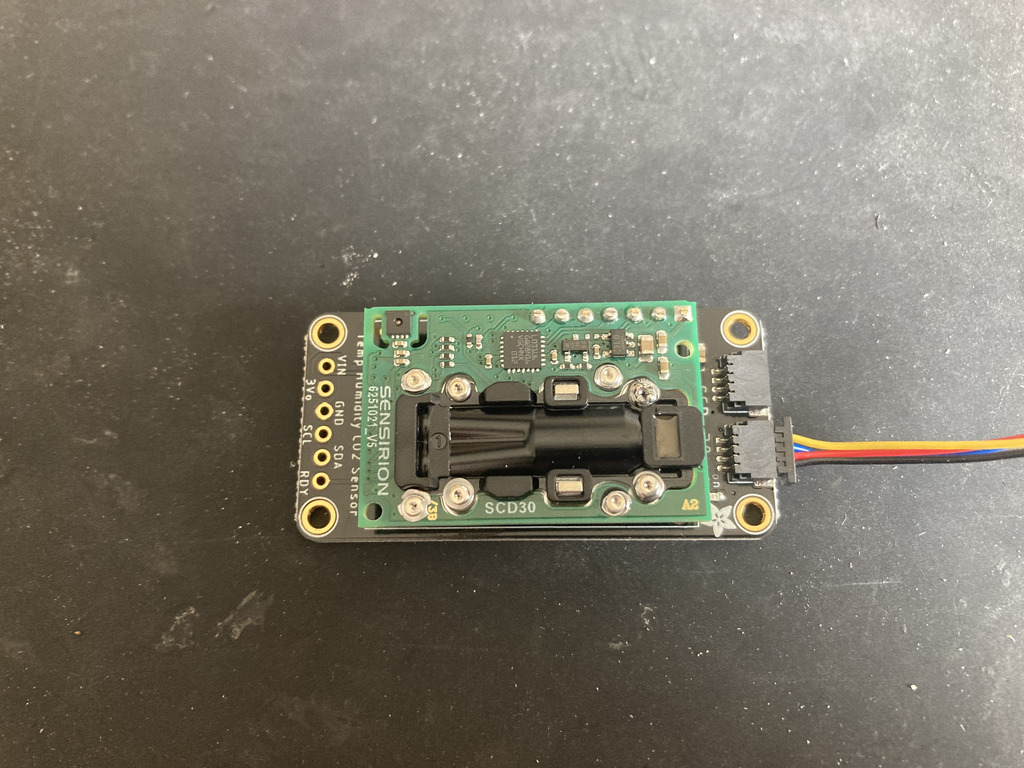
The idea proved quite feasible, so I ordered the SCD30 and made quick work tweaking my VOC Monitor code to become a pure CO2 Monitor. Attaching it to the ProtoBoard was simpler because it’s just a single sensor package that provides CO2, temperature, and humidity through a single I2C peripheral address.
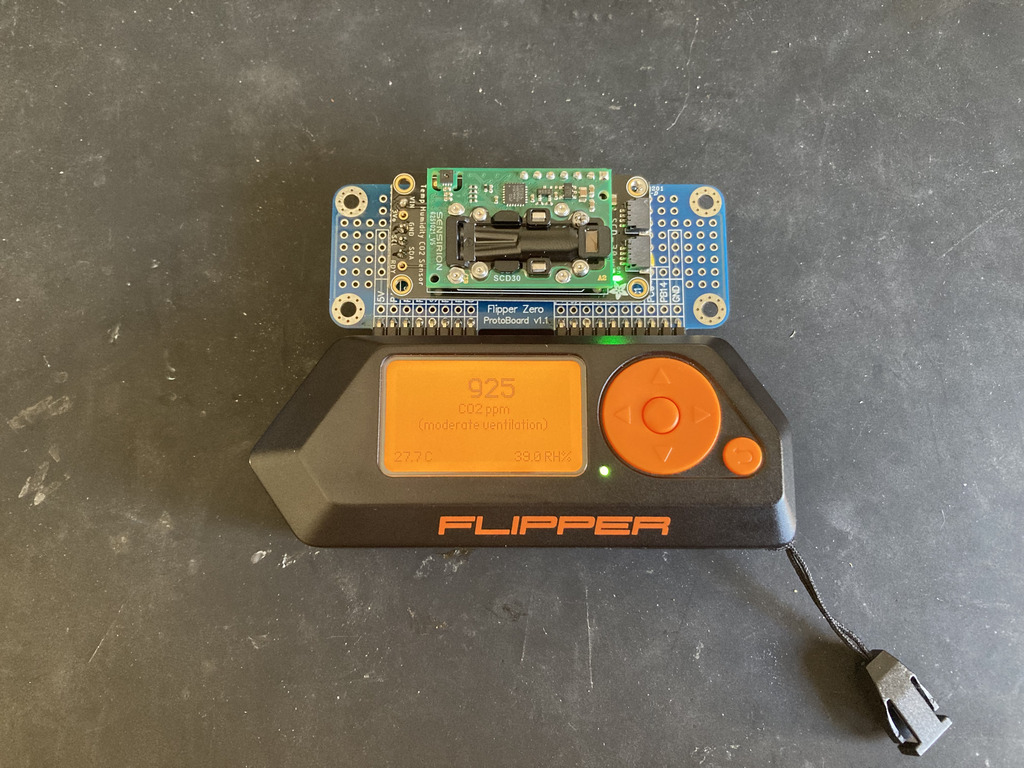
The Sensiron SCD30 is a tiny bit taller than my previous sensors, so I had to tweak the case design to add some headroom. I also decided to close off the outer wall so the airflow only came in around the IO pins. I took the advice from Sensiron’s Design-in Guidelines and minimized the expected draft of air flowing over the sensor.
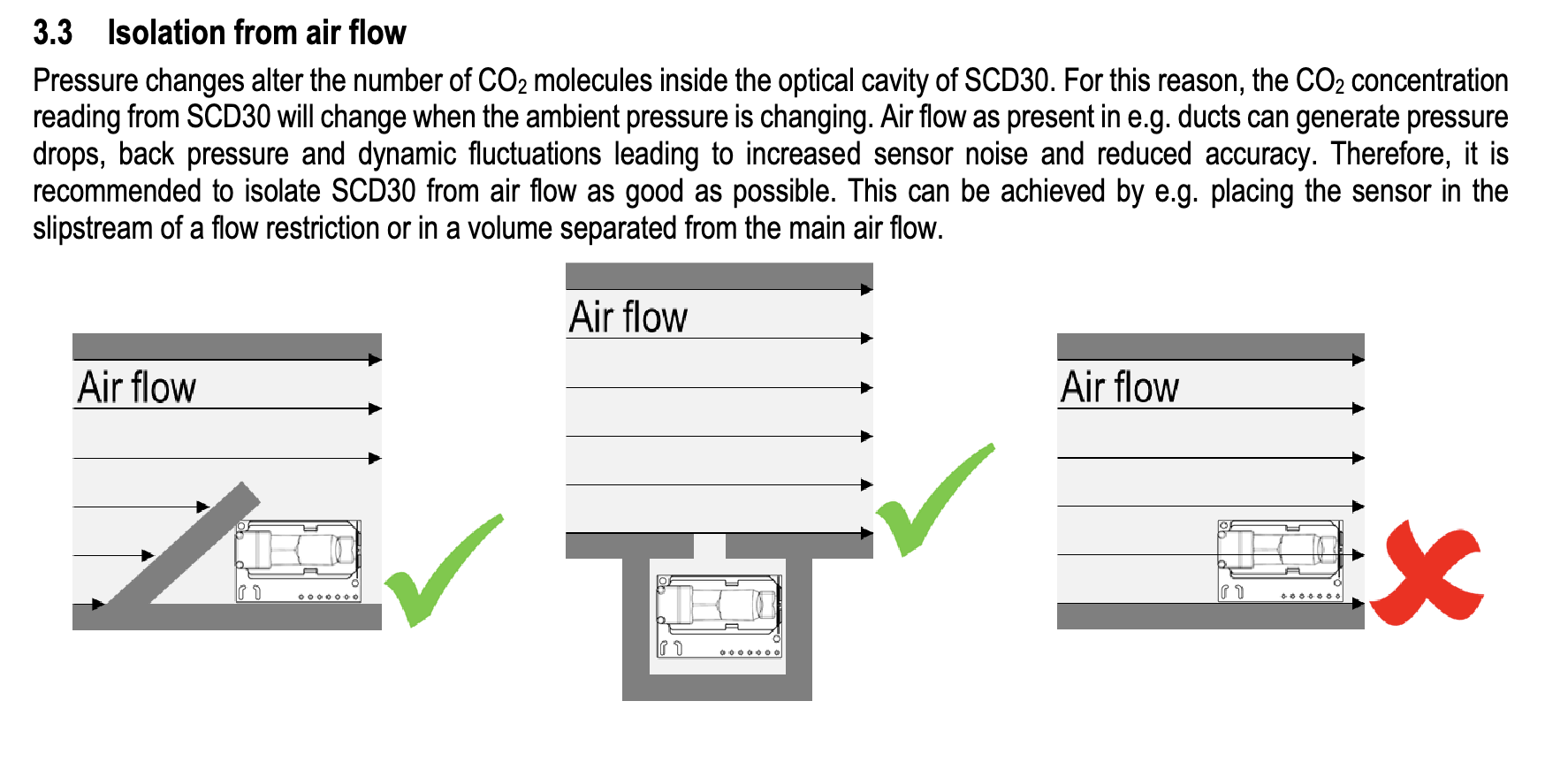
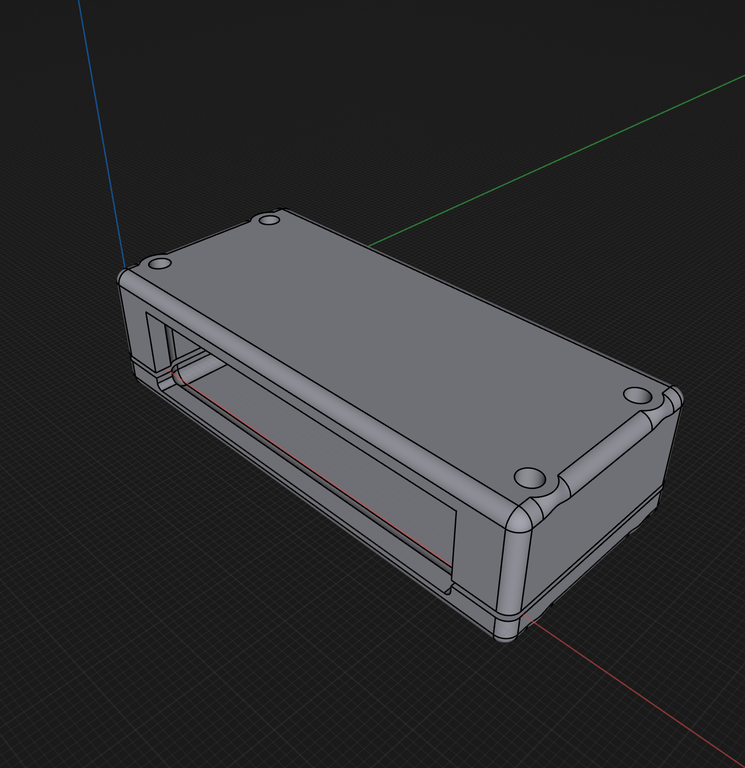
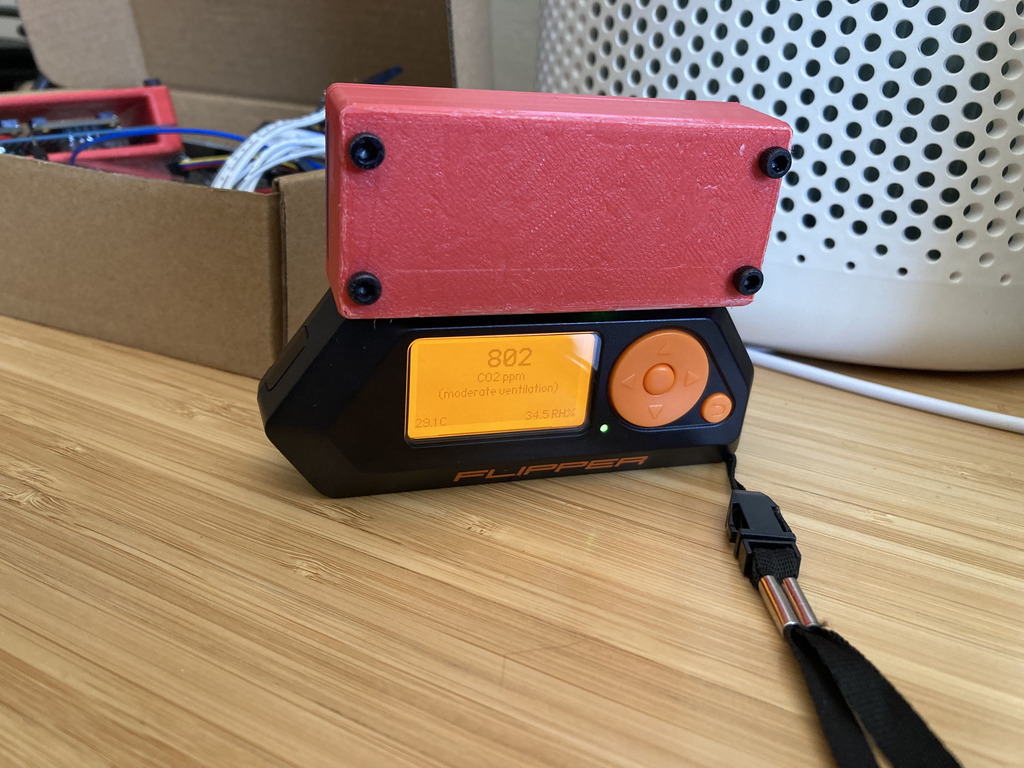
Using the module has been illuminating in my home office. I have suspected for a while that ventilation in my home is only mediocre (roughly 1000 ppm on average), and now I have some numbers to support it. Further, I have been able to demonstrate to myself the impact of opening a window and running the HVAC fan. Today, before I opened the window, the CO2 was sitting around 1150 ppm. I opened the window to the outside and turned on the HVAC fan and the CO2 dropped to around 800 ppm within just a few minutes.
I also took it for a ride into the forest to see what baseline CO2 levels might look like there.
